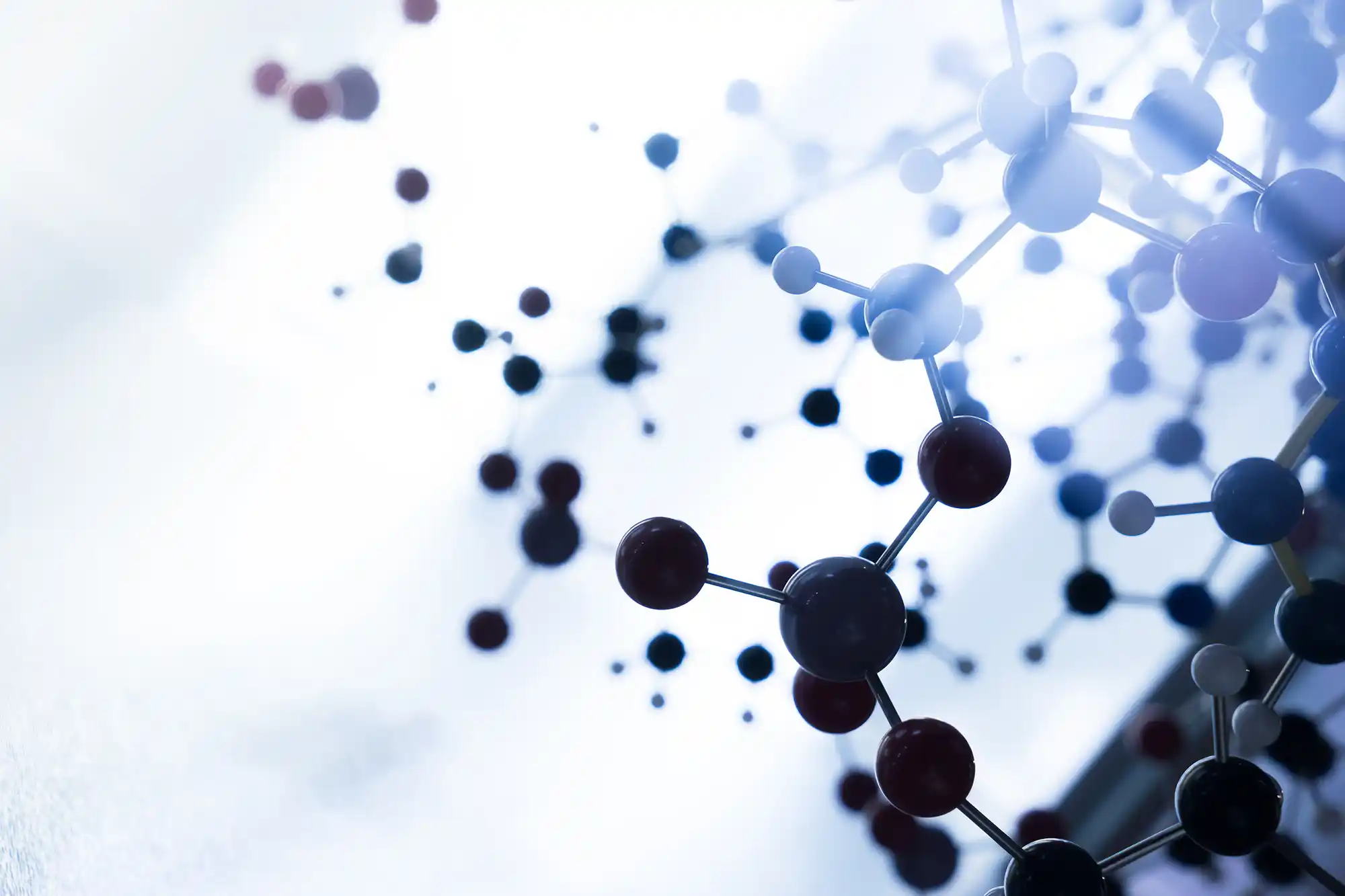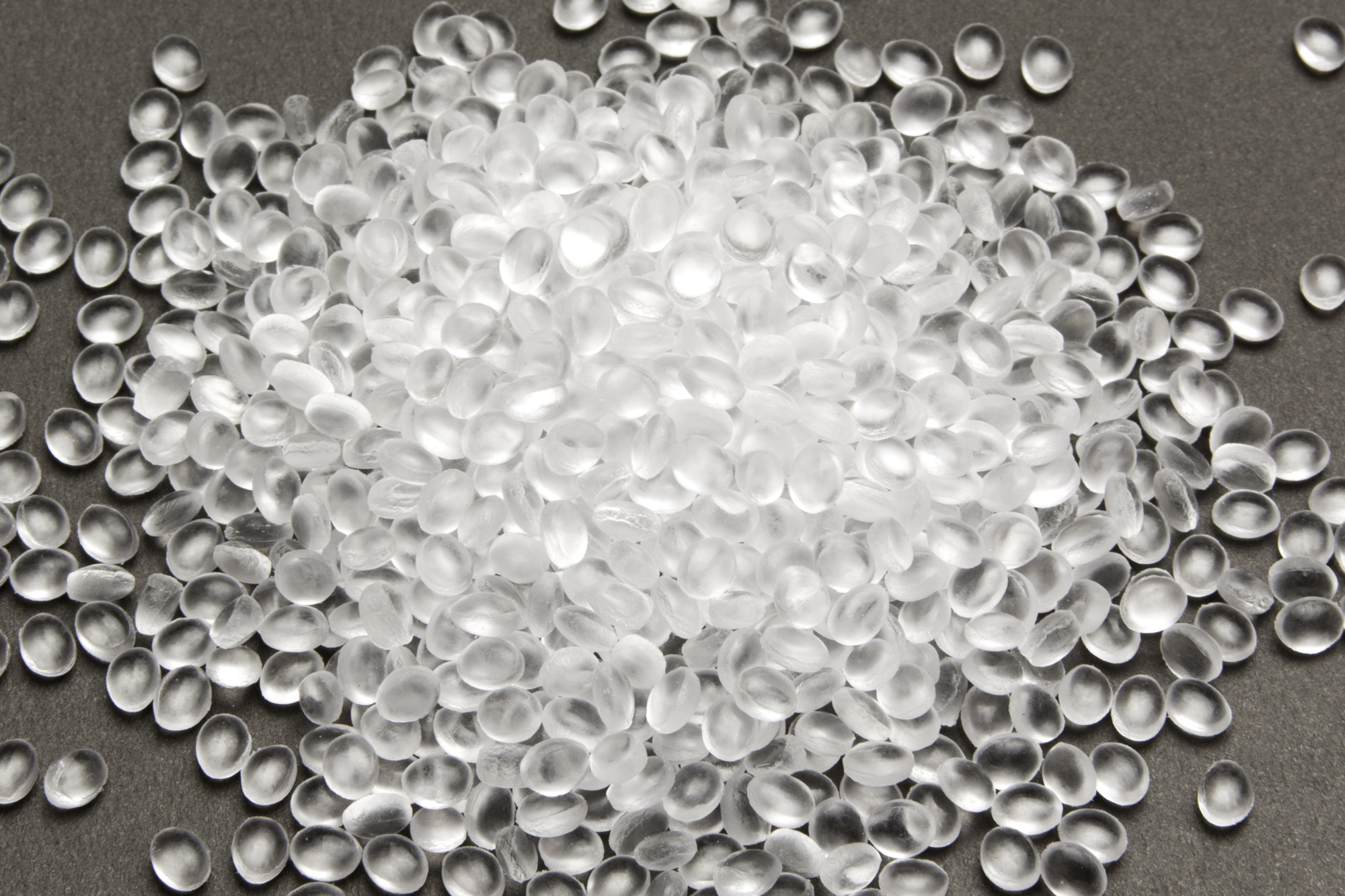Choosing the right rotomoulding materials
A variety of materials are used in the rotational moulding process, including polyethylene, polypropylene, nylon and rotomoulding foam (PE foam and PUR foam). Polyethylene and polypropylene are popular rotomoulding materials, characterised by their flexibility, resistance to mechanical damage and low weight. Polyethylene is the most commonly used material, especially low-density linear polyethylene (LLDPE) and high-density polyethylene (HDPE), due to its strength, chemical resistance and flexibility, ideal for rotational moulding.
Polypropylene, among rotomoulding materials, is characterised by its high strength, resistance to chemicals and good sliding properties, often used in the manufacturing of tanks and other industrial products. Nylon, although less commonly used in rotomoulding, is valued for its strength and resistance to high temperatures. Regarding rotomoulding foams, such as PE foam and PUR foam, these are used for their lightness and shock-absorbing capacity, ideal for protective components.
The moulding materials used in the rotomoulding process are diverse and are selected according to the requirements of the specific product. Each has its own unique advantages that make it suitable for specific applications.


Polyethylene - versatile rotomoulding material
Polyethylene or EP for short is one of the common rotomoulding materials. It is a thermoplastic polymer that is widely used in rotomoulding due to its high flexibility, and excellent resistance to weather conditions, impact and chemicals.
These moulding materials are available in various densities, often referred to as LDPE, MDPE and HDPE: for low, medium and high densities. It can be used to create parts with high strength and high toughness, even at low temperatures. Polyethylene is ideal to create parts that need to be tough and durable, such as tanks, containers, and pallets. This polymer is also resistant to most chemicals, including acids and alkalis, and is UV resistant, making it ideal for outdoor use.
Polyethylene is becoming available as bio-based moulding material. This renewable material is made from feedstocks such as corn starch, sugarcane, and hemp. It can be used to create parts with similar properties to those made from traditional polyethylene. Despite its bio-based origin, it retains comparable properties to conventional polyethylene, ensuring high-quality parts with reduced environmental impact.
Rotomoulding materials that withstand the heat
Polypropylene also is one of the moulding materials used in the rotational moulding process. This thermoplastic polymer is known for its high stiffness and high strength, also at higher temperatures. It is also lightweight and has a high melting point. Polypropylene is used to create parts such as pipes, ducts, and tanks.
If the needs for properties such as temperature tolerance or mechanical strength are more demanding, moulding materials such as engineering plastics are recommended. Most common engineering plastic for rotomoulding is nylon, as PA6 or PA11 or PA12. Nylon is ideal for hydraulic oil tanks, which can be used under high pressure and temperatures as high as 135°C. The processability of PA6 is more complex, whereas PA11 and PA12 are comparable to the production of PE or PP. In addition to nylon, other engineering plastics such as ABS, POM, and polycarbonate (PC) are also utilized as rotomoulding materials. These materials offer various properties suitable for different applications, expanding the range of options available for rotational moulding processes.


Foam – rotomoulding materials for lightweight
PE (polyethylene) and PUR (polyurethane) foams are important rotomoulding materials, offering a wide range of properties to create strong, lightweight and thermally insulating products.
Polyethylene foam is characterised by its lightness, strength and excellent insulating properties. It is an ideal material for creating parts that require protection from varying temperatures and shocks. PUR foam is distinguished by its excellent rigidity, lightness and thermal insulation. It is ideal for the production of parts with complex shapes and high aesthetic requirements, such as electronic housings and automotive equipment components.
The use of these moulding materials not only increases the structural strength of moulded parts, but has an excellent effect on their thermal insulation. Foam is ideal for insulating plastic parts that need to keep cool or warm even in harsh conditions. Once the outer PE layer is formed, PE foam is added during the sintering process. Alternatively, after cooling, PUR foam can be injected into the interior of the hollow part. Both processes produce products with a solid PE shell and a PE foam core.
PE and PUR foams are versatile rotomoulding materials that allow the creation of lightweight, yet strong and insulating parts that can be adapted to a wide range of applications in different industries. The choice between PE and PUR foam depends on the specific requirements of the product and the conditions in which it will be used.

Julia
Sales Manager
"A satisfied customer is the best business strategy of all"
your idea
to life. Start now!


